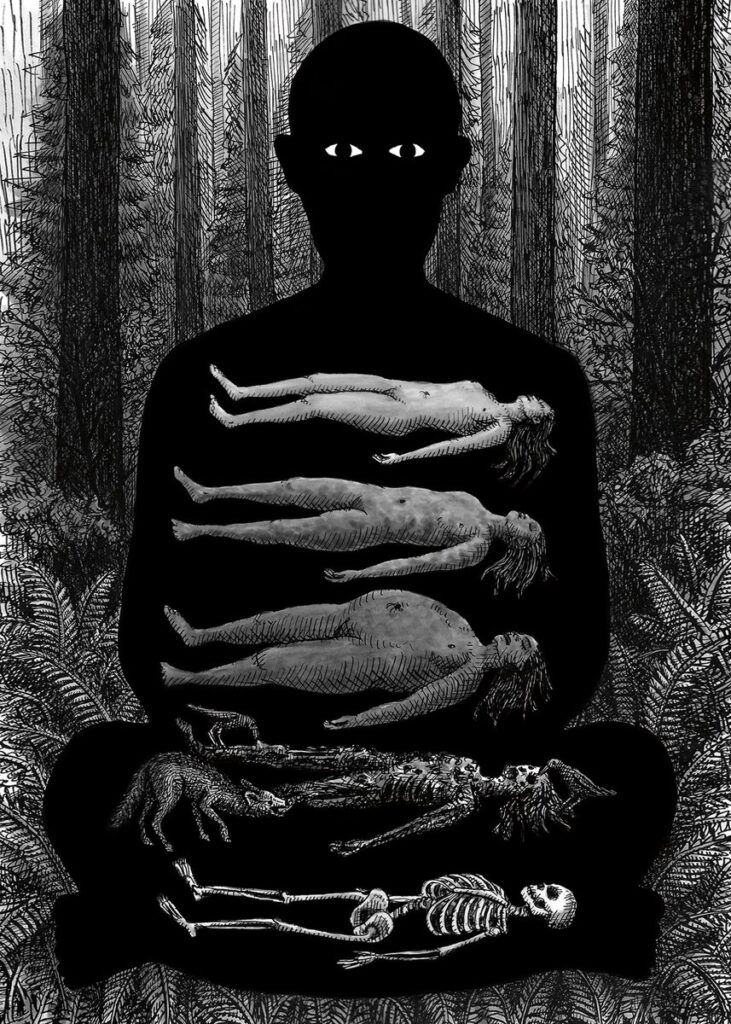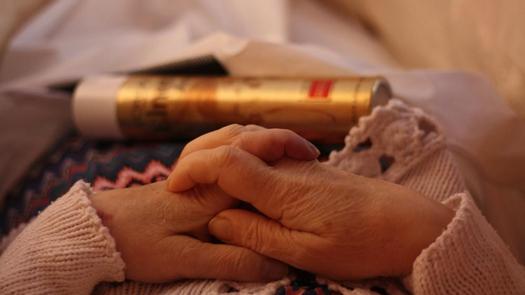Decomposition
The rise in forensic human decomposition research centers (sometimes called Body Farms) has taught us so much about human decomposition, and how it proceeds in different environments.
What is the process of decomposition like?
Decomposition begins several minutes after death, with a process called autolysis, or self-digestion. Soon after the heart stops beating, cells become deprived of oxygen, and their acidity increases as the toxic byproducts of chemical reactions begin to accumulate inside them. Enzymes start to digest cell membranes and then leak out as the cells break down. This usually begins in the liver, which is enriched in enzymes, and in the brain, which has high water content; eventually, though, all other tissues and organs begin to break down in this way. Damaged blood cells spill out of broken vessels and, aided by gravity, settle in the capillaries and small veins, discoloring the skin.
Body temperature also begins to drop, until it has acclimatized to its surroundings. Then, rigor mortis—the stiffness of death—sets in, starting in the eyelids, jaw, and neck muscles, before working its way into the trunk and then the limbs. In life, muscle cells contract and relax due to the actions of two filamentous proteins, called actin and myosin, which slide along each other. After death, the cells are depleted of their energy source, and the protein filaments become locked in place. This causes the muscles to become rigid, and locks the joints.

What is Rigor Mortis?
At the moment of death, the muscles relax completely—a condition called “primary flaccidity.” The muscles then stiffen, perhaps due to coagulation of muscle proteins or a shift in the muscle’s energy containers (ATP-ADP), into a condition known as rigor mortis. All of the body’s muscles are affected. Rigor mortis begins within two to six hours of death, starting with the eyelids, neck, and jaw. This sequence may be due to the difference in lactic acid levels among different muscles, which corresponds to the difference in glycogen levels and to the different types of muscle fibers. Over the next four to six hours, rigor mortis spreads to the other muscles, including those in the internal organs such as the heart.
After being in this rigid condition for twenty-four to eighty-four hours, the muscles relax and secondary laxity (flaccidity) develops, usually in the same order as it began. The length of time rigor mortis lasts depends on multiple factors, particularly the ambient temperature.

